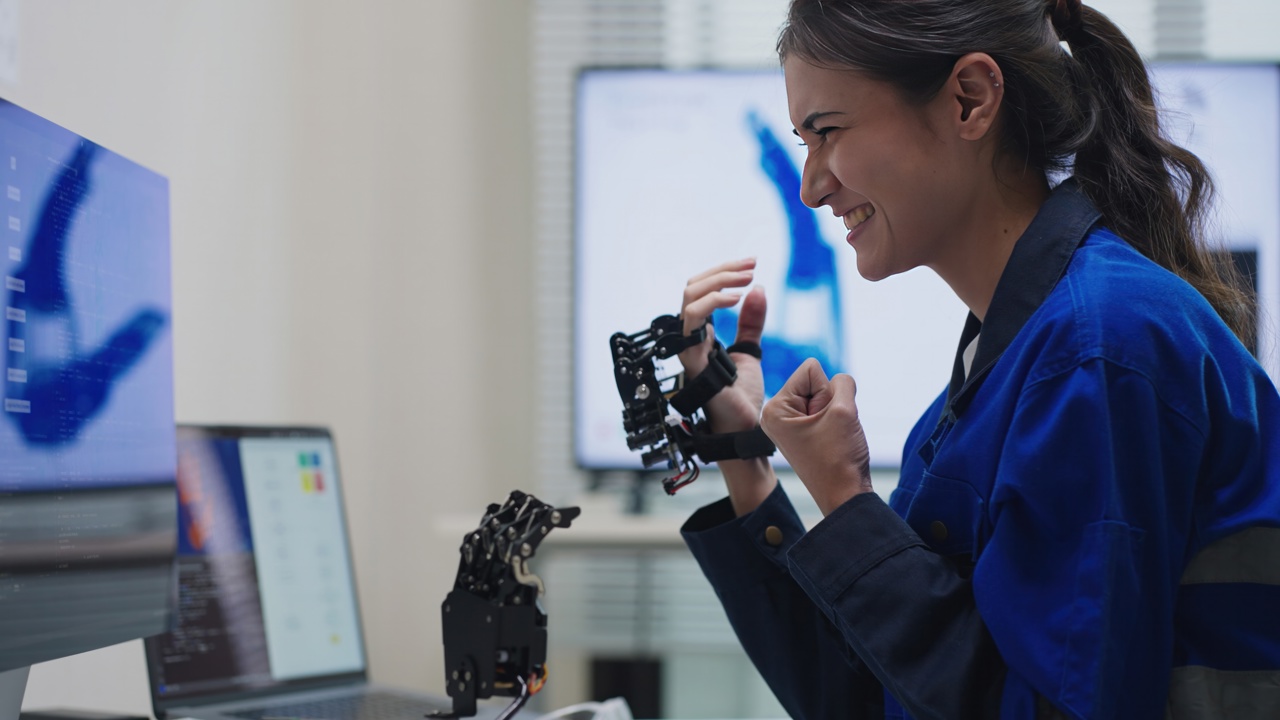
Overview
'Engineering in higher education' explores the number, characteristics and outcomes of engineering and technology students in higher education (HE) in the UK. Based on the 2020/21 data from the Higher Education Statistics Agency (HESA), the report also compares the data for engineering and technology students alongside that of students studying on HE courses overall.
The report also breaks down the numbers and characteristics of students within 7 principal specialisms of engineering. This includes:
- Mechanical engineering
- Electrical and electronic engineering
- General engineering
- Civil engineering
- Aeronautical and aerospace engineering
- Chemical, process and energy engineering
- Production and manufacturing engineering
Engineering in higher education report
Who this is for
- Professional Engineering Institutions
- Employers
- Teachers
- Careers leads
Key findings
- Between 2009/10 and 2020/21, there has been a proportionately bigger increase in engineering and technology students than in all students, at 14.0% compared to 5.2%
- Engineering and technology was the 5th most popular subject group when looking at all levels combined, and the most popular for postgraduate research students
- Just 18.5% of engineering and technology first degree undergraduate entrants were women, which is low compared to 56.5% of students across all subjects. Representation was higher on engineering and technology postgraduate courses (25.8% of students on taught courses and 27.8% on research courses were women) but remained much lower than in the total student population
- Engineering and technology degrees had a higher proportion of minority ethnic entrants than other subjects. Most notable were the higher percentages of Asian students studying engineering and technology at all levels compared to all subjects combined
- Just 10.5% of engineering and technology first degree entrants had a known disability, compared to 15.1% for all subjects combined












